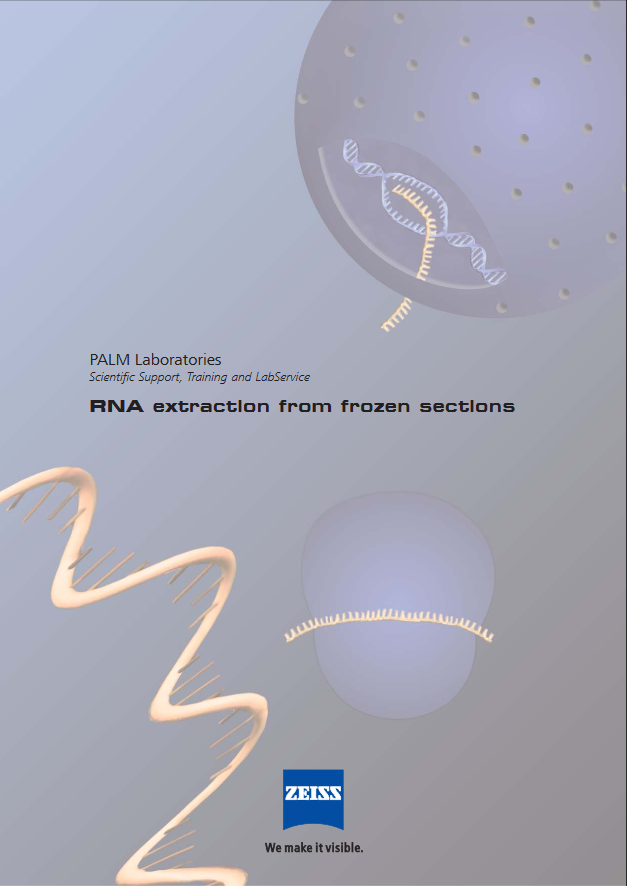
By ligating an adapter at the 3′ end of the cDNA fragment, eCLIP (similar to iCLIP) utilizes this termination to enrich for read pileups at these sites. Here, we describe a detailed protocol for seCLIP, a simplified, single-end version of the eCLIP methodology, as well as assorted notes for critical handling steps. The improved efficiency dramatically decreases experimental failure rates and PCR duplication, and enabled quantitative comparison with paired size-matched input to remove common CLIP artifacts. ), which incorporated high-efficiency enzymatic steps to achieve thousand-fold improved library efficiency. We recently described enhanced CLIP (eCLIP , which leads to high experimental failure rates and high wasted sequencing (often >90% of reads) due to the presence of substantial PCR However, widespread usage of these methods has been limited by the low efficiency of converting RNA molecules into adapter-ligated library Reads to enable identification of binding sites with single-nucleotide resolution. Step, iCLIP positions this crosslinking site at the start of the sequencing Reverse transcriptase enzymes can create deletions at these positions or, more often, terminate elongation due to the inability to read through this coupling, leading to a substantial fraction of cDNA fragments that terminate at the position of crosslinking. Treatment of UV-crosslinked protein-RNA complexes leaves at least one amino acid covalently crosslinked to its associated ribonucleotide. Various modifications of CLIP have since been described, including the use of photoactivatable nucleoside analogs (PNAs) to improve crosslinking efficiency (PAR-CLIP) and computational and experimental methods to identify binding with single-nucleotide resolution. In CLIP, RNA-protein interactions are stabilized via ultravioletĬrosslinking, a desired protein is immunoprecipitated using a factor-specific antibody, and associated RNA is isolated and converted into DNA library Building upon early RNA ImmunoPrecipitation (RIP) approaches that identified protein binding to entire transcripts, CrossLinking and ImmunoPrecipitation (CLIP)Įnabled high-resolution profiling of binding sites. Have made it possible to study RBPs and their RNA targets in an unbiased and transcriptome-wide manner. Recent advancements in next-generation sequencing Despite these known important roles, however, detailed studies to describe the targets of and regulatory mechanisms have largely focused on a small set of RBPs, with the majority of RBPs remaining poorly characterized. Recent studies have indicated that there are over 1500 RBPs, and this number is continuing to expand with additional studies.

Of mRNA transcripts, targeting RNAs to specific organelles or subcellular localizations with the cell, controlling RNA stabilityĪnd turnover, and defining the timing and rate of translation

Orchestrating these RNA processing and regulatory roles are RNA binding proteins (RBPs), which play a variety of roles including controlling alternative splicing These regulatory steps have been shown to play critical roles across a variety of developmental stages, and misregulation of RNA processing has been implicated in many human diseases, including cancer. RNA processing has been shown to play pivotal roles in shaping the cellular landscape through regulation of both protein-coding RNAs as well as regulation of processing and function of multiple classes of noncoding RNAs including long intergenic noncoding RNAs (lincRNAs) and small RNAs including microRNAs and piRNAs among others. These notes further refine the eCLIP methodology, simplifying robust RNA binding protein studies for all users. Further, we describe the observation of contaminating RNA present in standard nitrocellulose membrane suppliers, and present options with significantly reduced contamination for sensitive applications. In particular, we describe improvements to the adaptor strategy that enables single-end enhanced CLIP (seCLIP), which removes the requirement for paired-end sequencing of eCLIP libraries. Here we provide a step-by-step description of the eCLIP method, along with insights into optimal performance of critical steps in the protocol. The enhanced crosslinking and immunoprecipitation (eCLIP) methodology provides a framework for robust, reproducible identification of transcriptome-wide protein-RNA interactions, with dramatically improved efficiency over previous methods. Profiling of RNA binding protein targets in vivo provides critical insights into the mechanistic roles they play in regulating RNA processing.


 0 kommentar(er)
0 kommentar(er)
